Learning Japanese can open up a world of cultural, professional, and personal opportunities, but mastering the language requires the right tools. Whether you’re starting with hiragana or aiming for JLPT N1, mobile apps can provide structured, engaging, and flexible learning on the go. In this article, we’ve rounded up the best apps for learning Japanese in 2025, catering to various levels, learning styles, and goals.
Ready to check out the top Japanese learning apps to elevate your language game? First, let’s stir in some Japanese culture through your meals. Crafting your own dishes is a perfect way to embrace the vibe, and ReciMe simplifies it all. Save recipes from Pinterest or TikTok, map out your weekly meal plan, and generate aisle-organized shopping lists with a tap. Download ReciMe now, cook with Japanese flair, and then explore those language apps!

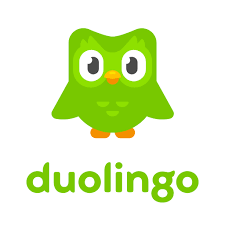
1. Duolingo
Duolingo is one of the most popular language apps globally, and its Japanese course is perfect for beginners looking for a fun and effective start. Through gamified lessons, users progress by completing bite-sized tasks in reading, writing, listening, and speaking. The platform uses a streak system, points, and a mascot named Duo to build daily study habits and encourage consistency.
The Japanese course includes hiragana, katakana, and some kanji, helping learners develop a basic foundation. Though it may lack deep grammar instruction, Duolingo offers a casual, mobile-first experience that’s easy to stick with. It’s especially useful for learners who want to study on the go or fit short sessions into their daily routine.
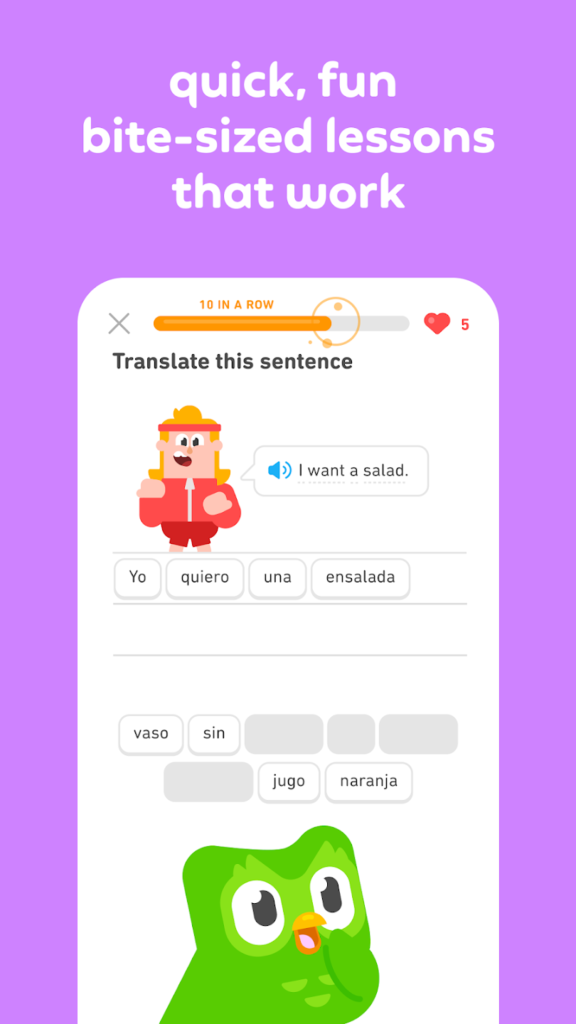
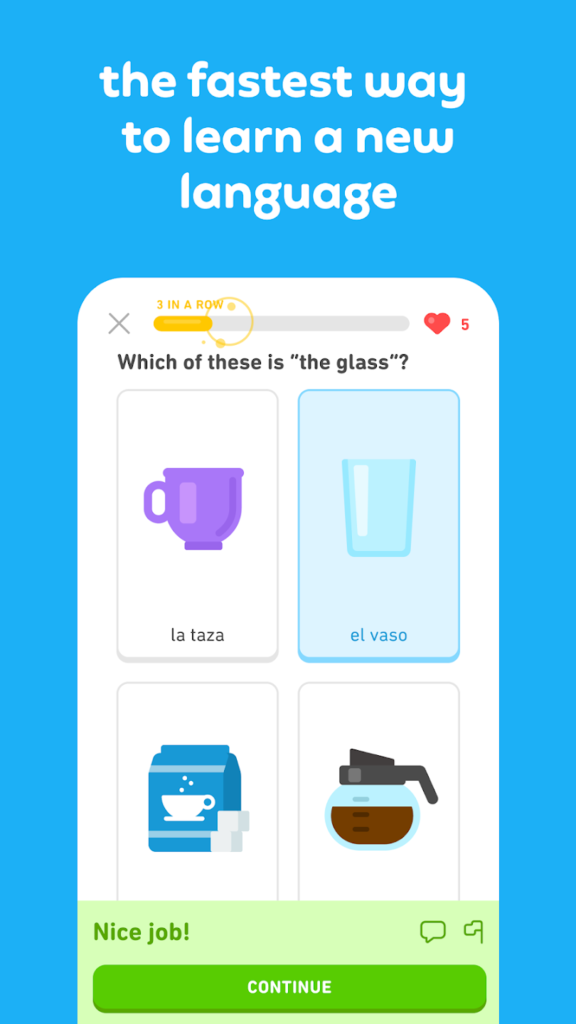
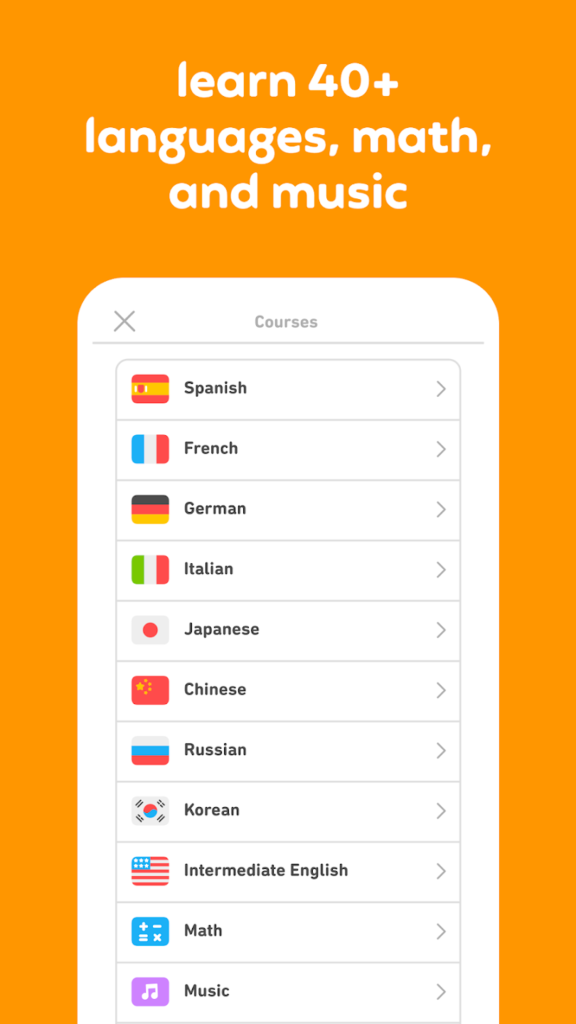
Key Highlights:
- Gamified learning that feels like playing a game
- Simple interface and quick lesson structure
- Free to use with optional Super Duolingo upgrade
Who it’s best for:
- Beginners who want to study Japanese casually
- People who prefer short, frequent study sessions
- Fans of mobile-first learning with a fun approach
Contact Information:
- Website: www.duolingo.com
- App store: apps.apple.com/app/duolingo-language-lessons
- Google Play: play.google.com/store/apps/details
- Facebook: www.facebook.com/duolingo
- Instagram: www.instagram.com/duolingo
- Twitter: x.com/duolingo
- LinkedIn: www.linkedin.com/company/duolingo

2. LingoDeer
LingoDeer offers one of the most structured and grammar-focused learning experiences for Japanese. Designed by professional language teachers, this app emphasizes grammar explanations, sentence construction, and gradual vocabulary building. Unlike many apps that teach Japanese through English, LingoDeer explains grammar using native sentence patterns and voice recordings from real speakers.
The app also includes engaging stories and exercises to reinforce learning in context. Learners can access lessons offline, use customizable features, and benefit from built-in flashcards and quizzes. LingoDeer is highly regarded by users for its ability to teach foundational grammar and practical language skills up to an intermediate level.
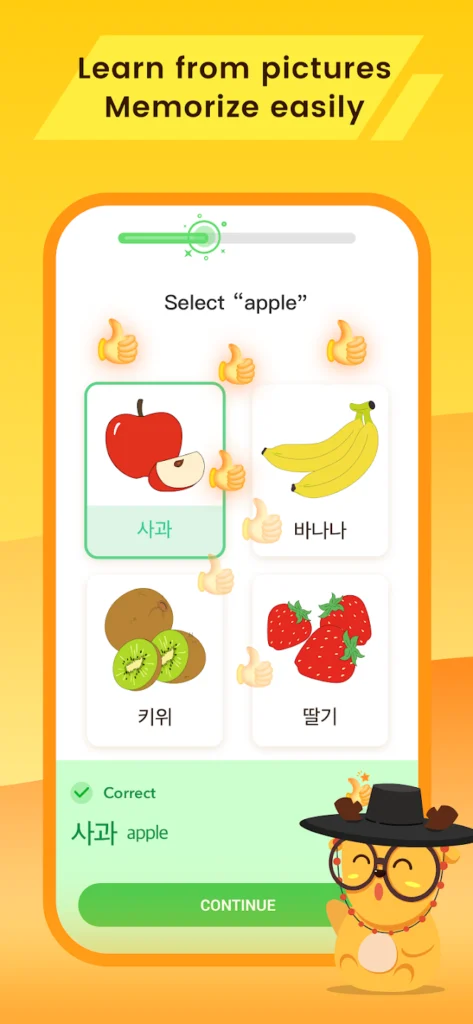
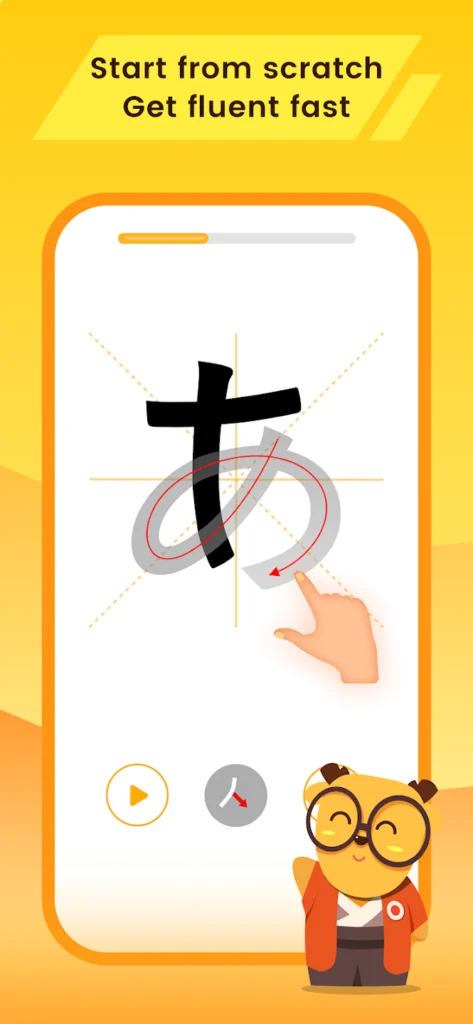
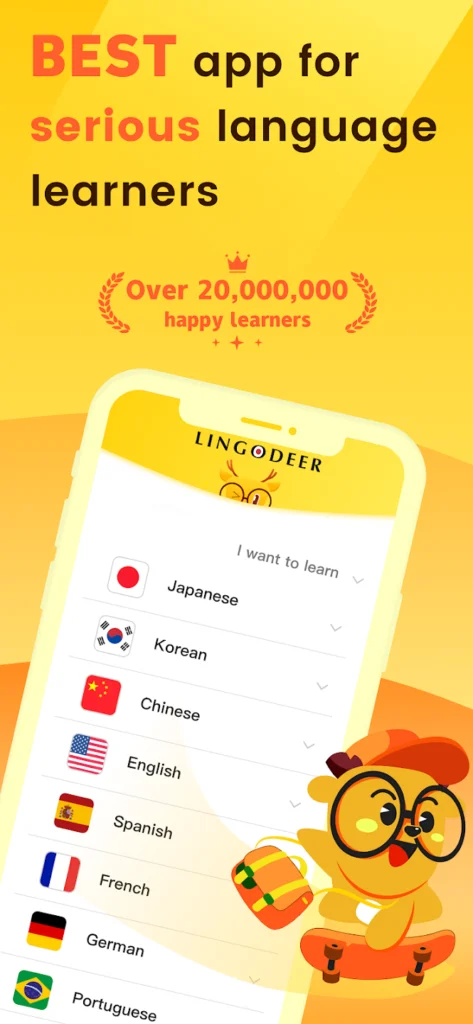
Key Highlights:
- Grammar-focused lessons created by language educators
- Native-speaker audio and interactive stories
- Cross-device syncing and offline access
Who it’s best for:
- Learners who want detailed grammar instruction
- Beginners through intermediate-level students
- People who learn best through structured explanations
Contact Information:
- Website: www.lingodeer.com
- App store: apps.apple.com/us/app/lingodeer-learn-languages
- Google Play: play.google.com/store/apps/details
- Facebook: www.facebook.com/lingodeer
- Instagram: www.instagram.com/lingodeerapp
- Twitter: x.com/lingodeer

3. Anki
Anki is a powerful flashcard tool ideal for mastering Japanese vocabulary and kanji. Based on the spaced repetition system (SRS), it helps users remember information by showing flashcards just before they’re likely to forget. With support for audio, images, and custom formatting, Anki can be tailored to any learner’s needs.
While not a full course, Anki shines as a supplementary tool, especially when paired with a textbook or grammar resource. There’s a vast library of free, pre-made decks, including popular ones like “Japanese Core 2k/6k.” Anki is perfect for serious learners who want to build long-term retention with efficiency and precision.
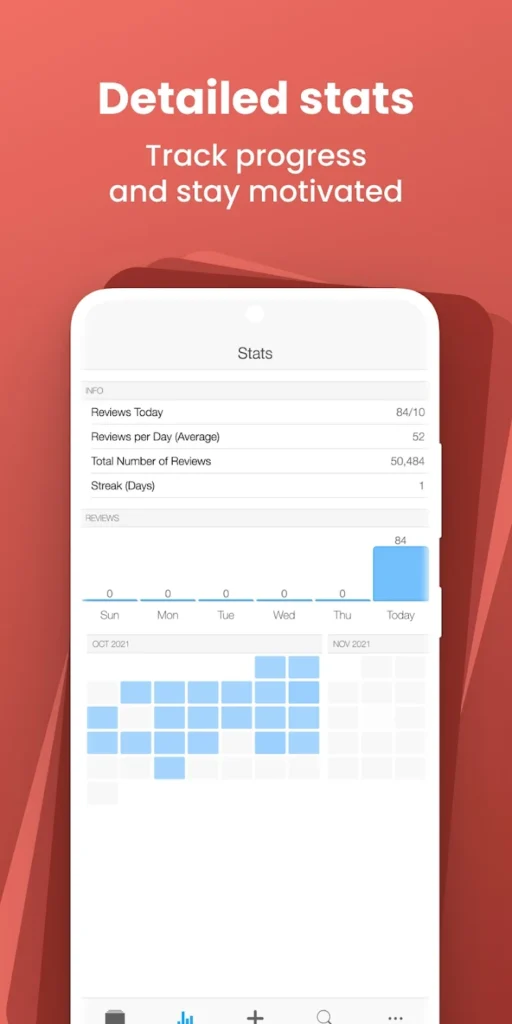
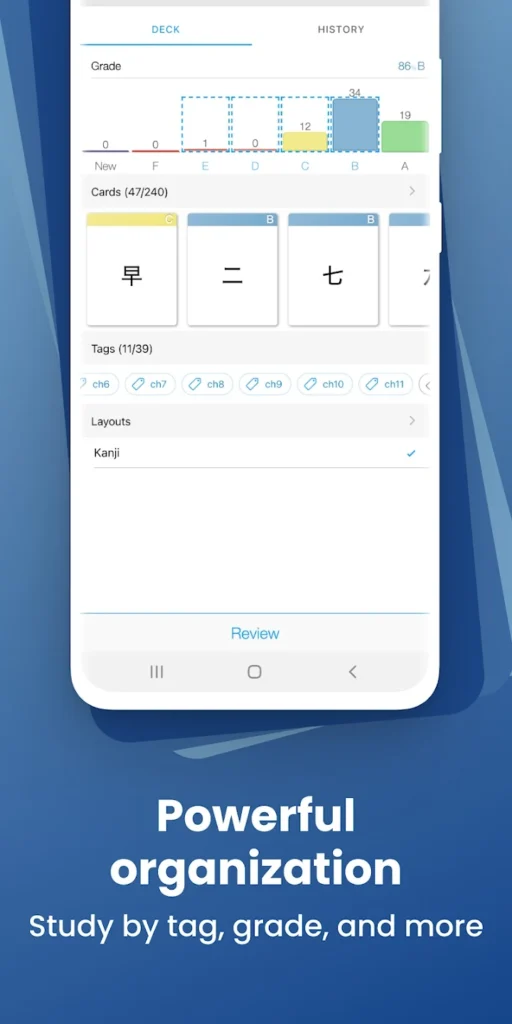
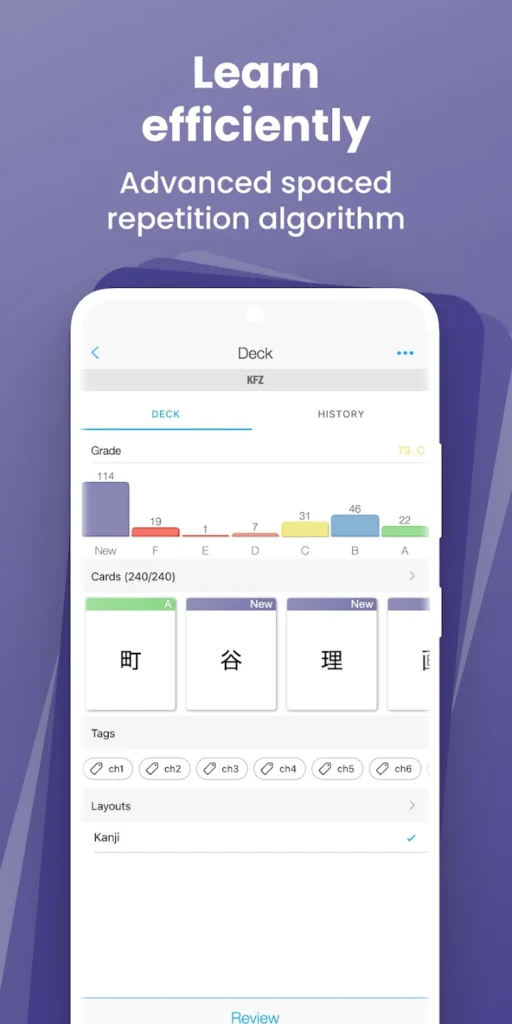
Key Highlights:
- Spaced repetition system for efficient memorization
- Highly customizable and supports media-rich cards
- Thousands of free user-generated decks available
Who it’s best for:
- Serious learners aiming to master vocabulary and kanji
- Self-directed students who use textbooks or other apps
- People who prefer custom study routines and advanced tools
Contact Information:
- Website: www.ankiapp.com
- App store: apps.apple.com/us/app/algoapp-flashcards
- Google Play: play.google.com/store/apps/details

4. Rocket Japanese (Rocket Languages)
Rocket Japanese offers an in-depth course for learners who want to master Japanese through structured lessons. It includes interactive audio lessons, grammar explanations, vocabulary building, cultural insights, and pronunciation practice using voice recognition technology. Each lesson includes reinforcement activities that help cement learning.
What sets Rocket Japanese apart is its balance of conversational practice and grammar breakdown. Learners can practice speaking both sides of dialogues and use downloadable content offline. The course is designed for long-term progression and includes lifetime access once purchased, making it a solid investment.

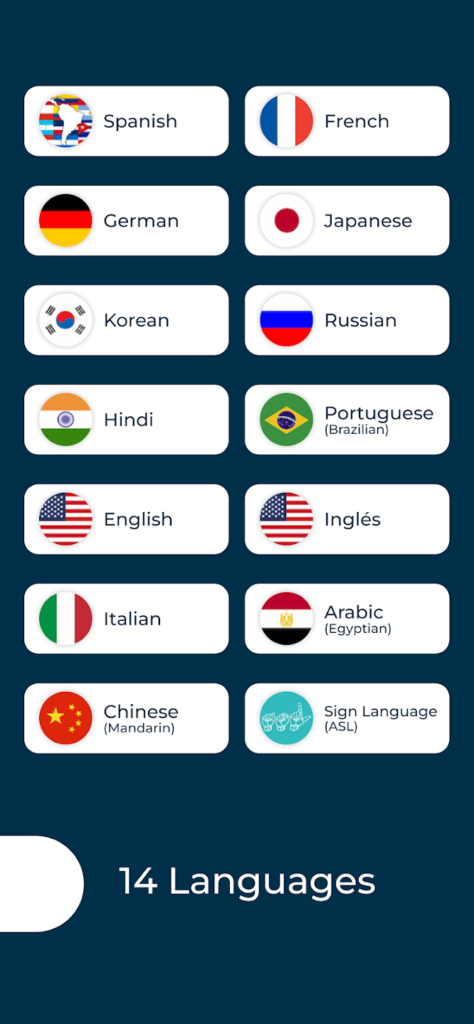
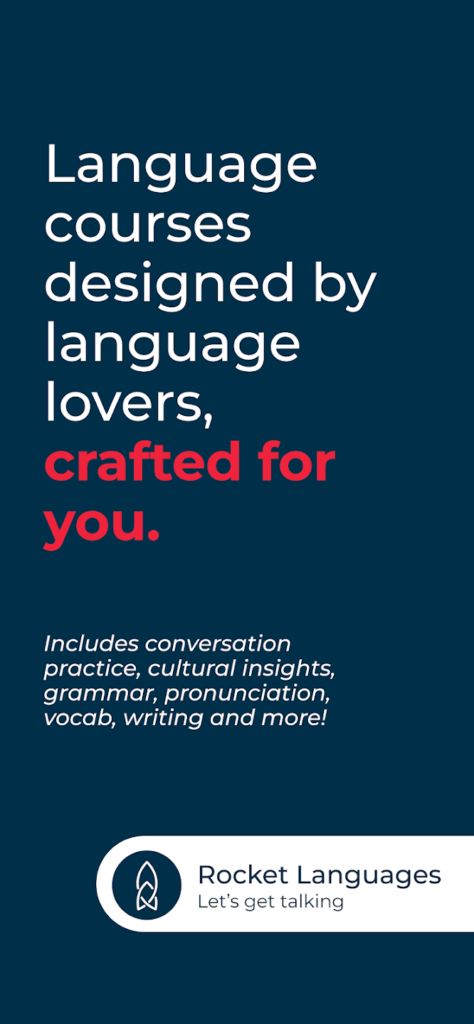
Key Highlights:
- Audio-focused lessons with cultural context
- Voice recognition for pronunciation improvement
- Lifetime access with one-time payment
Who it’s best for:
- Learners looking for a complete, long-term course
- People who want to understand grammar and culture
- Those preparing for travel or daily conversation
Contact Information:
- Website: www.rocketlanguages.com
- App store: apps.apple.com/us/app/rocket-languages
- Google Play: play.google.com/store/apps/details
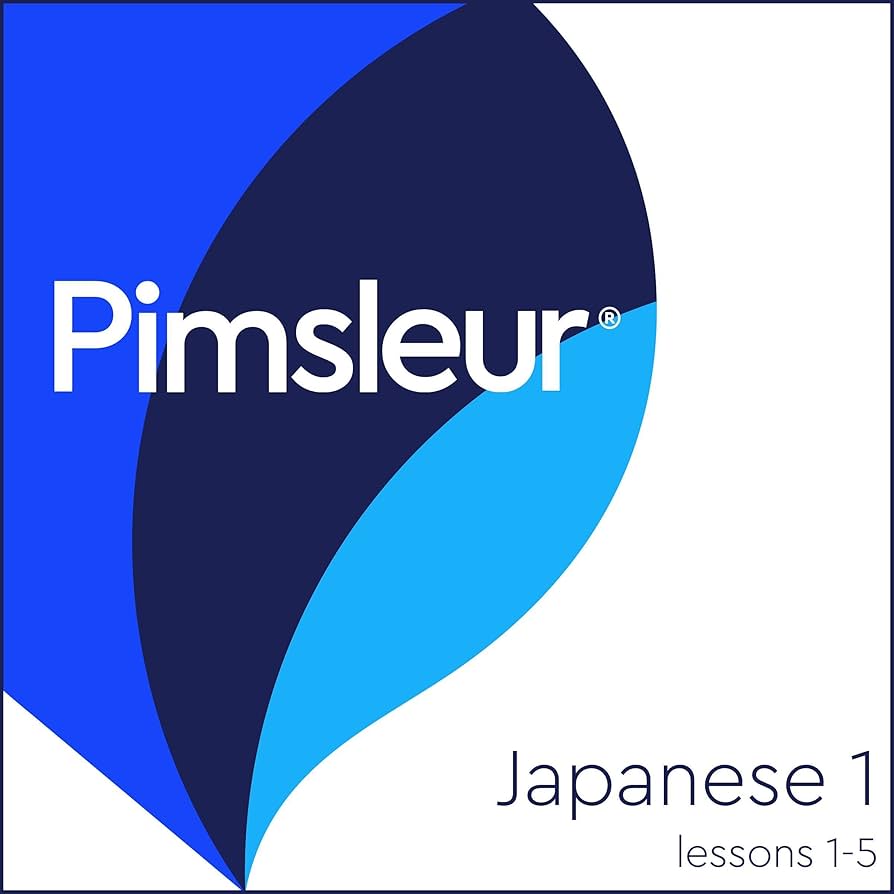
5. Pimsleur Japanese
Pimsleur is known for its audio-based approach that helps learners speak and understand Japanese quickly. Each lesson lasts about 30 minutes and focuses on active participation, with learners repeating and responding to prompts. The method emphasizes conversational skills and memory recall without relying on reading or grammar drills.
The Pimsleur app includes features like flashcards, games, and role-play to complement the audio lessons. It’s particularly effective for auditory learners and those who prefer hands-free learning while commuting or multitasking. Pimsleur’s method is trusted by professionals and even used by government agencies.
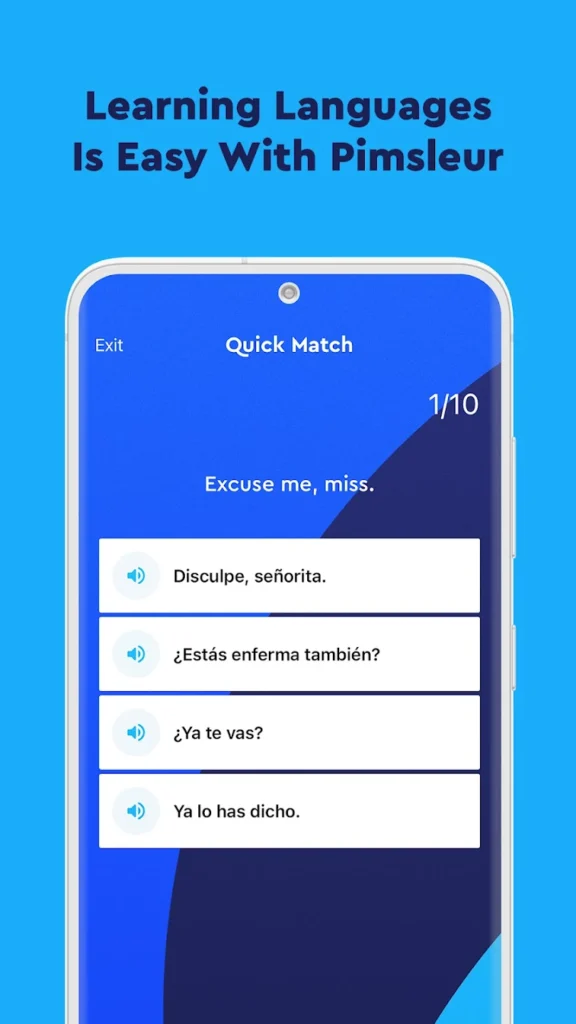
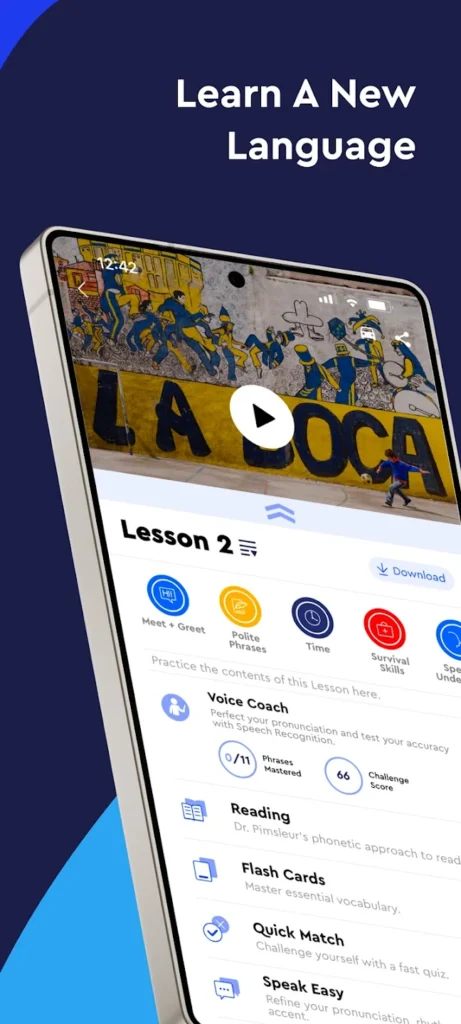
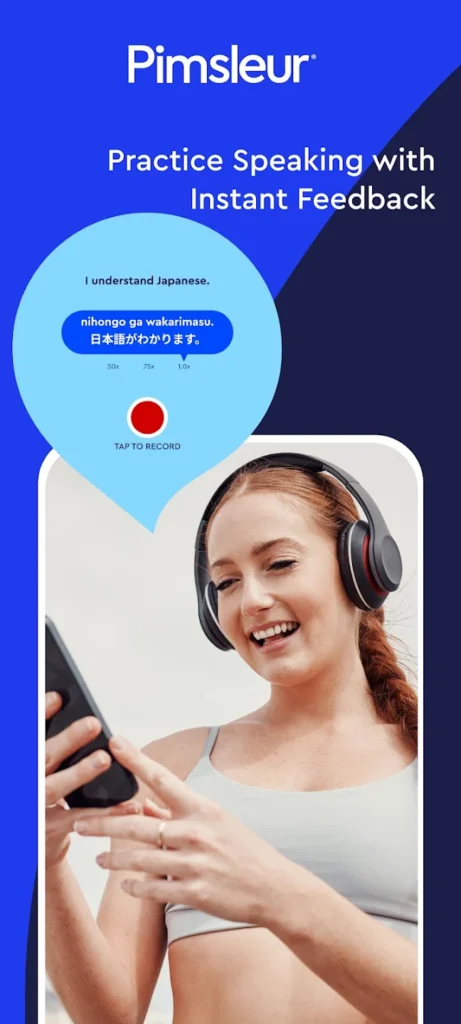
Key Highlights:
- Audio-first lessons based on real-life dialogues
- Hands-free learning ideal for commuting
- Scientifically proven spaced repetition method
Who it’s best for:
- Learners who want to improve speaking and listening
- People who prefer learning by ear over reading
- Busy individuals needing flexible, on-the-go study
Contact Information:
- Website: www.pimsleur.com
- App store: apps.apple.com/us/app/pimsleur-language-learning
- Google Play: play.google.com/store/apps/details
- Facebook: www.facebook.com/Pimsleur-Language-Programs
- Twitter: x.com/pimsleur
- Instagram: www.instagram.com/pimsleur

6. FluentU
FluentU takes video-based language learning to a new level by turning real-world content into structured lessons. This app curates thousands of learner-friendly videos including movie clips, news, vlogs, and more, then layers them with interactive subtitles, definitions, and review features. Instead of memorizing vocabulary in isolation, users see words in action, improving both comprehension and speaking ability. FluentU covers beginner to advanced levels and supports contextual learning through real-life media, making it especially effective for acquiring natural Japanese expressions and listening skills. Its smart learning engine personalizes review sessions to reinforce retention based on how well you remember words.
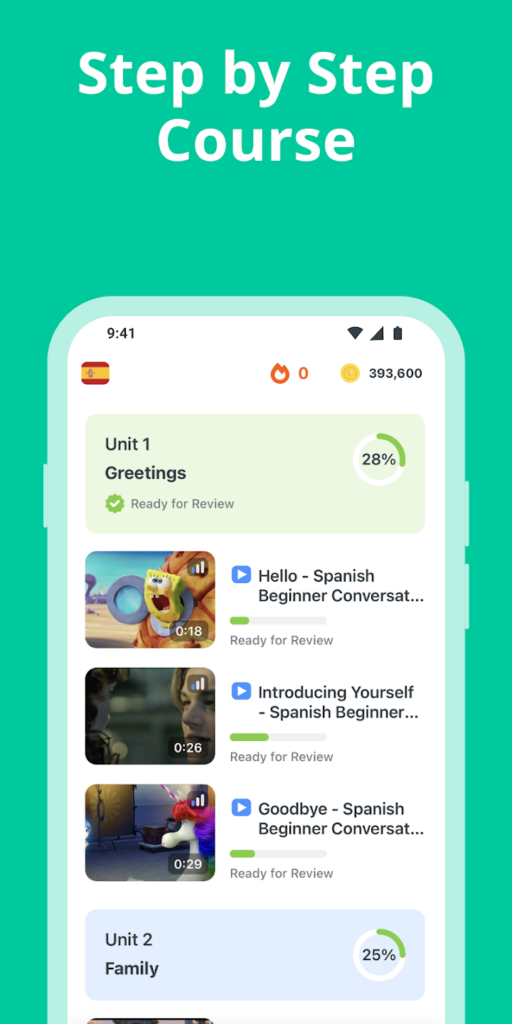
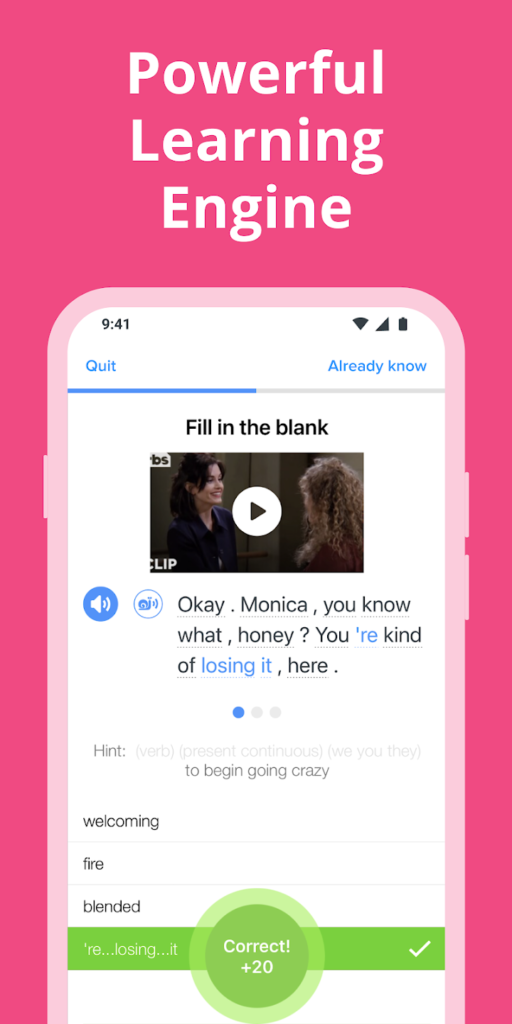
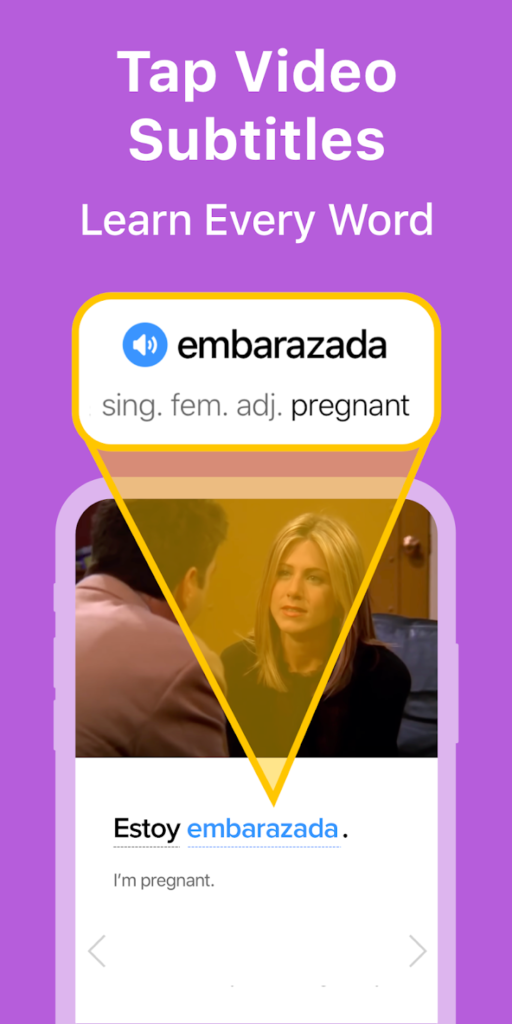
Key Highlights:
- Interactive subtitles with definitions and usage examples
- Real-world video immersion from Netflix, YouTube, and curated libraries
- Built-in quizzes and spaced repetition tools for review
Who it’s best for:
- Visual learners who want immersive, contextual input
- Intermediate learners looking to bridge to native media
- Fans of Netflix or YouTube who want to learn through entertainment
Contact Information:
- Website: www.fluentu.com
- App store: apps.apple.com/us/app/fluentu-learn-language-videos
- Google Play: play.google.com/store/apps/details

7. Bunpro
Bunpro specializes in Japanese grammar and vocabulary, offering a guided path from beginner to advanced. It integrates textbook references, example sentences, and custom grammar breakdowns with an intuitive Spaced Repetition System to reinforce understanding. Quizzes are fill-in-the-blank style, forcing you to recall grammar rules actively. Bunpro also offers dynamic feedback and lets you customize your learning path to match what you already know. It’s a grammar-intensive app, perfect for those using it alongside another core language course or textbook.
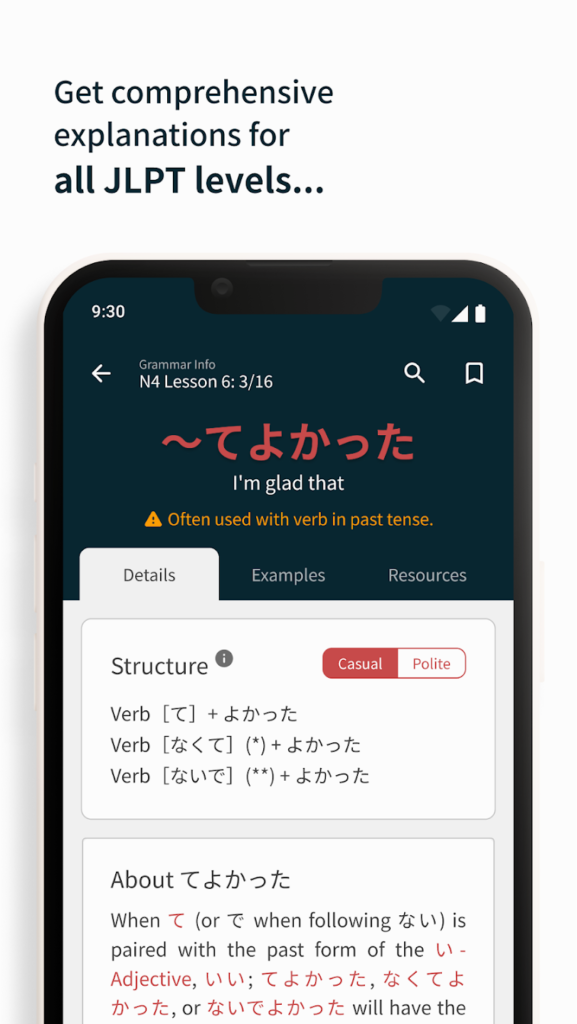
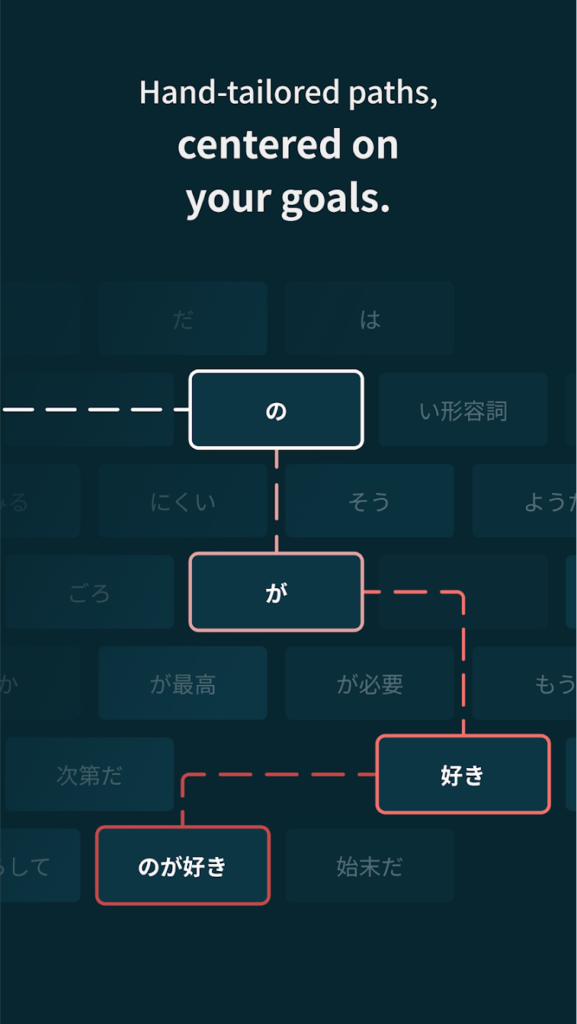
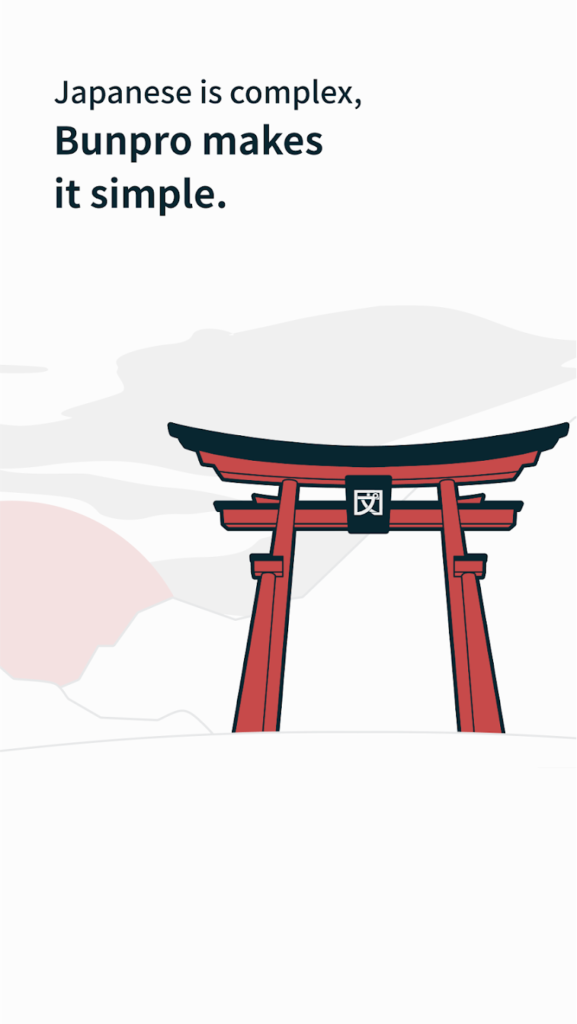
Key Highlights:
- Complete grammar roadmap with integrated SRS
- Real-time feedback on grammar quizzes
- Syncs with popular textbooks like Genki and Tobira
Who it’s best for:
- Learners who want to master grammar deeply
- JLPT test takers preparing for structured exams
- Users supplementing other apps with grammar practice
Contact Information:
- App store: apps.apple.com/us/app/bunpro-japanese-srs
- Google Play: play.google.com/store/apps/details

8. Memrise
Memrise blends native speaker videos, pronunciation practice, and gamified lessons to help learners develop speaking confidence. It emphasizes practical, conversational language, making it feel more useful for real-life interactions. Unlike traditional apps that use robotic voiceovers, Memrise showcases locals speaking in context. The AI feedback tool helps you improve your accent and fluency in realistic scenarios. With its bite-sized lesson style and emphasis on daily speaking, it’s perfect for users who want fast, natural progress with Japanese.
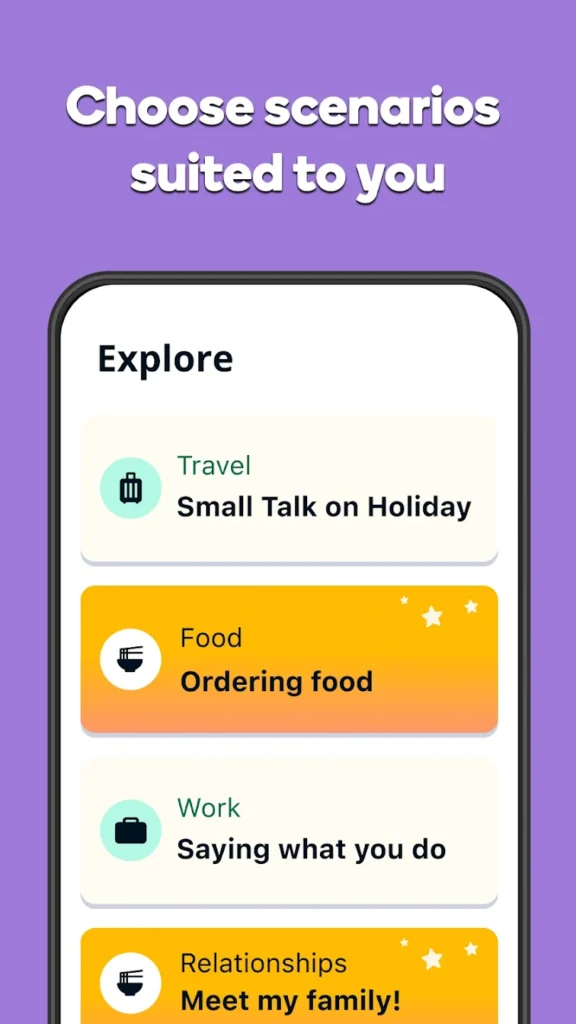
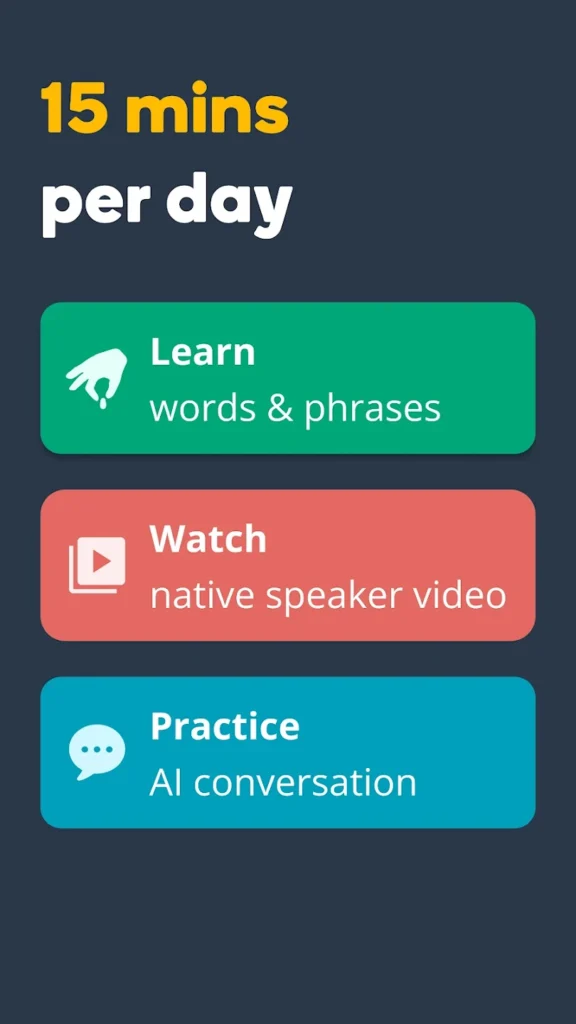
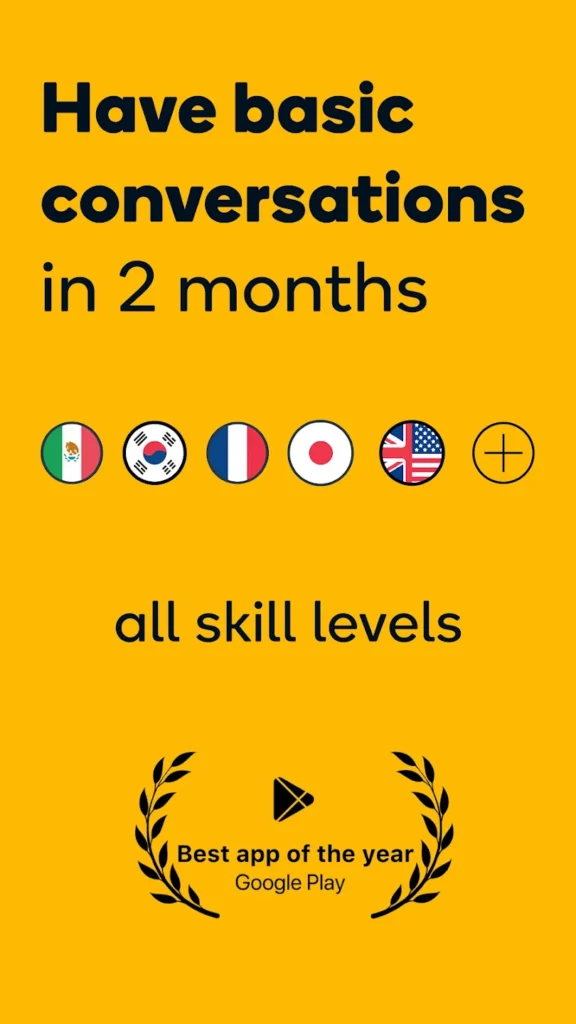
Key Highlights:
- Native speaker video clips and pronunciation feedback
- Quick, gamified lessons ideal for short daily practice
- Emphasis on real-world phrases and speech
Who it’s best for:
- Beginners seeking natural Japanese conversation
- Busy learners who prefer short, engaging lessons
- Those looking to improve listening and speaking fluency
Contact Information:
- Website: www.memrise.com
- App store: apps.apple.com/us/app/memrise-easy-language-learning
- Google Play: play.google.com/store/apps/details
- Facebook: www.facebook.com/memrise
- Twitter: x.com/memrise
- Instagram: www.instagram.com/memrise
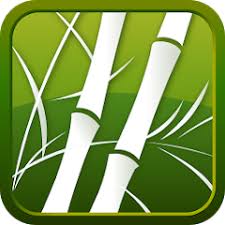
9. Human Japanese
Human Japanese is a comprehensive beginner-friendly app that explains the language clearly, warmly, and from the ground up. With a focus on clarity and cultural insight, it combines grammar, reading, vocabulary, and writing into one seamless learning experience. Animations teach kana and kanji stroke order, while voice recordings help you get the pronunciation right. It’s like having a personal tutor in your pocket, making Japanese feel accessible and fun even if you’re starting from scratch. There’s also an intermediate version and a companion reader app for advancing users.

Key Highlights:
- Friendly, narrative-based explanations of grammar and language
- Stroke-order animations and native audio
- Includes kana, kanji, grammar, and vocabulary in context
Who it’s best for:
- Absolute beginners needing a patient, thorough guide
- Self-learners who enjoy structured, linear progress
- Learners interested in Japanese culture as well as language
Contact Information:
- Website: www.humanjapanese.com
- App store: apps.apple.com/us/app/human-japanese
- Google Play: play.google.com/store/apps/details
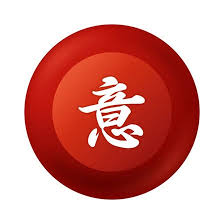
10. Imiwa
Imiwa is a powerful multilingual Japanese dictionary designed exclusively for iOS. It allows users to search for Japanese words using kanji, kana, romaji, or even words in English, French, German, and Russian. The app supports a database of over 170,000 entries with rich example sentences drawn from the Tanaka and Tatoeba corpora. In addition to word lookups, imiwa? provides detailed kanji breakdowns, including stroke order animations for over 6,500 kanji, and a unique SKIP method that helps learners find kanji by structure.
A standout feature is its verb and adjective conjugation tool, allowing you to view polite and plain forms effortlessly. The app also includes a sentence analyzer that breaks down Japanese sentences into dictionary-linked entries, making translation and understanding much more manageable. With built-in vocabulary lists, cross-device sharing, and offline functionality, imiwa? is an essential tool for learners who want both depth and flexibility in their Japanese study routine.
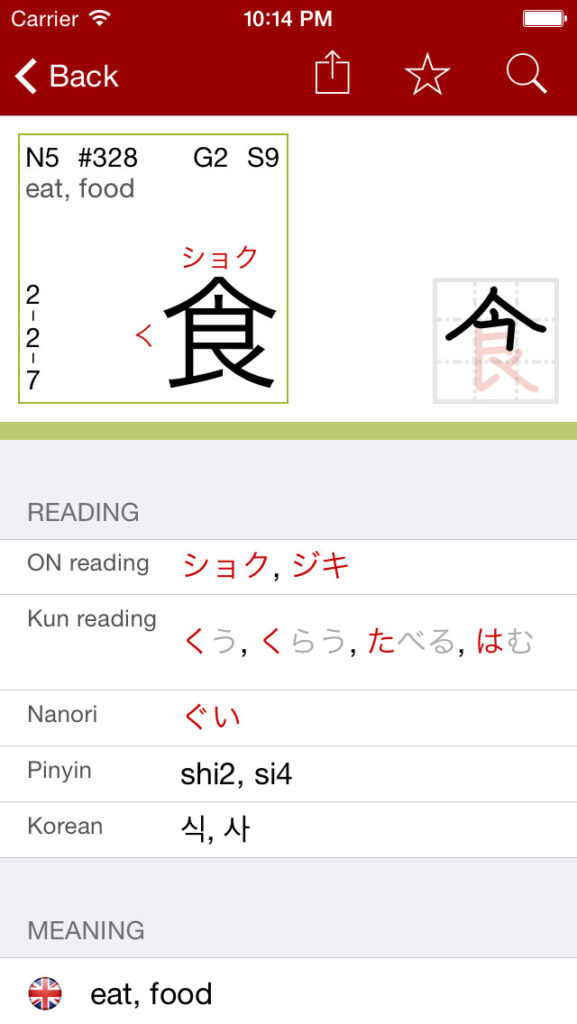
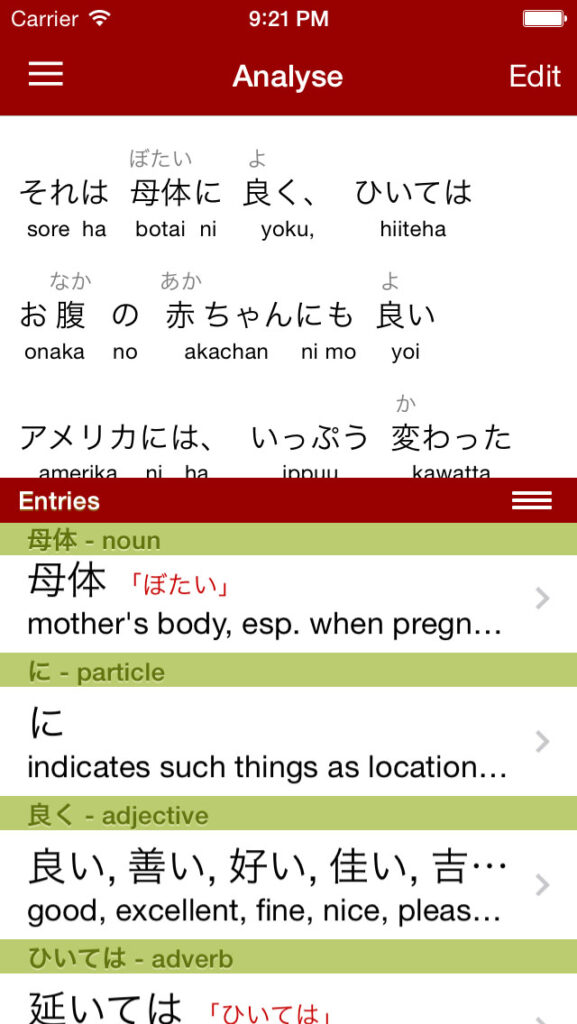
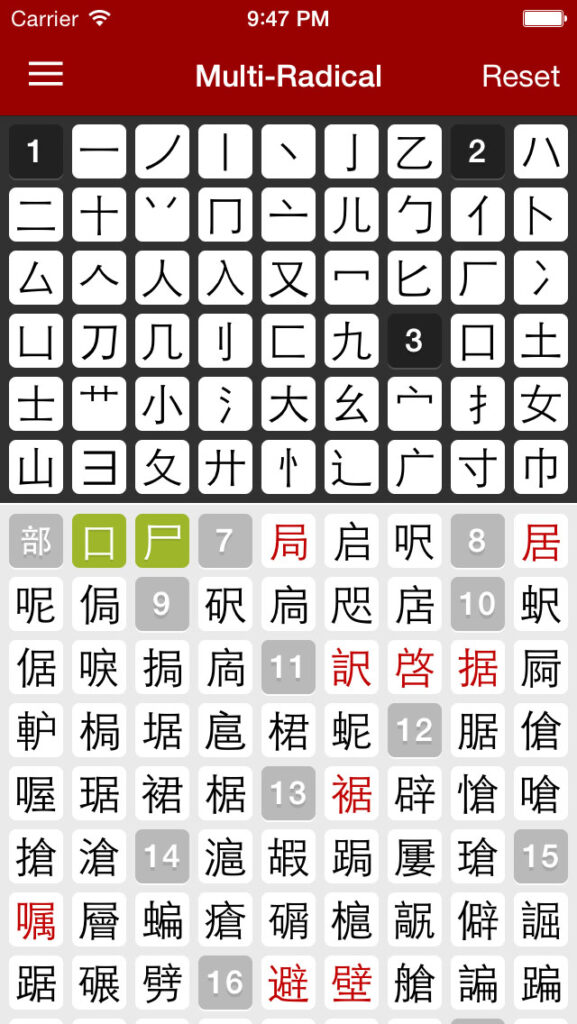
Key Highlights:
- Stroke order animations for 6,500+ kanji
- Multilingual support with powerful search capabilities
- In-app sentence analyzer and QR text import
Who it’s best for:
- iOS users looking for an offline, in-depth dictionary
- Learners who want to master kanji structure and conjugation
- Students who prefer studying through real context examples
Contact Information:
- Website: www.imiwaapp.com
- App store: apps.apple.com/us/app/imiwa

11. Busuu
Busuu is a language learning app that combines expert-crafted lessons with interactive features for real-world communication. Available for iOS, Android, and web platforms, Busuu offers structured Japanese lessons from A1 to C1 levels. What makes Busuu unique is its community-driven learning model: users can interact with native speakers who correct writing and provide feedback on speaking exercises, fostering real conversational skills.
Each lesson focuses on vocabulary, grammar, reading, and pronunciation, with spaced repetition built in to reinforce knowledge. Busuu also includes offline functionality and personalized learning plans to fit any schedule. With over 120 million users and a thriving learner community, Busuu is ideal for those who want structured progression combined with the chance to use the language in realistic scenarios.



Key Highlights:
- Native speaker feedback on speaking and writing
- Full offline access and personalized study plans
- CEFR-aligned lessons from beginner to upper-intermediate
Who it’s best for:
- Learners looking for structured, classroom-style lessons
- People who want to practice with real native speakers
- Those who value a supportive global language community
Contact Information:
- App store: apps.apple.com/us/app/busuu-language-learning
- Google Play: play.google.com/store/apps/details

12. Yomiwa
Yomiwa is a multifunctional Japanese dictionary and text recognition tool that excels at helping users interact with Japanese in the real world. Available for iOS and Android, it allows users to translate Japanese text captured from images or live camera input using its powerful OCR (optical character recognition) technology. The app also supports handwriting input, making it perfect for looking up unfamiliar kanji in books or on signs.
Yomiwa includes an extensive dictionary, kanji information, example sentences, and grammar notes. One of its standout features is “The Wall,” a built-in community where users can ask language-related questions and receive help or study tips. It also allows users to create and export personalized word lists. Whether you’re living in Japan or just trying to understand manga, Yomiwa is a highly practical tool for immersive learners.


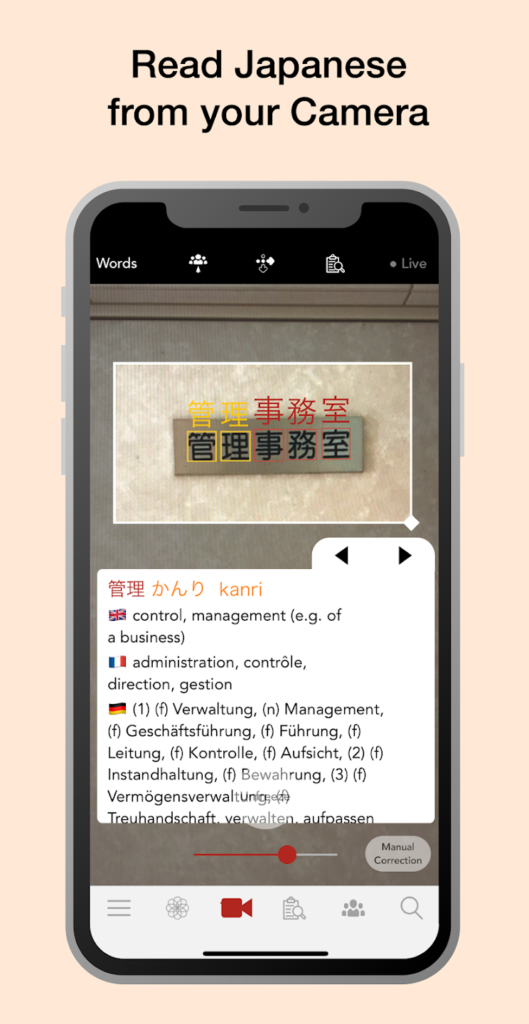
Key Highlights:
- OCR for kanji recognition from images or real-time camera
- Integrated community discussion and learning hub
- Personalized vocabulary lists and export features
Who it’s best for:
- Learners in Japan who encounter kanji daily
- Visual learners who benefit from image-based recognition
- Students who want both dictionary and social features
Contact Information:
- Website: www.yomiwa.net
- App store: apps.apple.com/us/app/yomiwa-japanese-dictionary
- Google Play: play.google.com/store/apps/details

13. Renshuu
Renshuu is a gamified language learning app focused entirely on Japanese. It offers a personalized and highly flexible experience by adapting content to your current skill level. Renshuu uses a unique approach that combines grammar, vocabulary, kanji, and sentence-based learning into engaging lessons supported by varied quiz formats like crosswords and fill-in-the-blanks.
What sets Renshuu apart is its in-depth tracking and customization. Users can choose from pre-made study paths or create their own, and the app dynamically adjusts content based on progress. With a built-in spaced repetition system (SRS), mascot-driven mini-games, and thousands of example sentences, it keeps learners motivated and on track. It’s ideal for independent learners who enjoy a playful yet deep study experience.
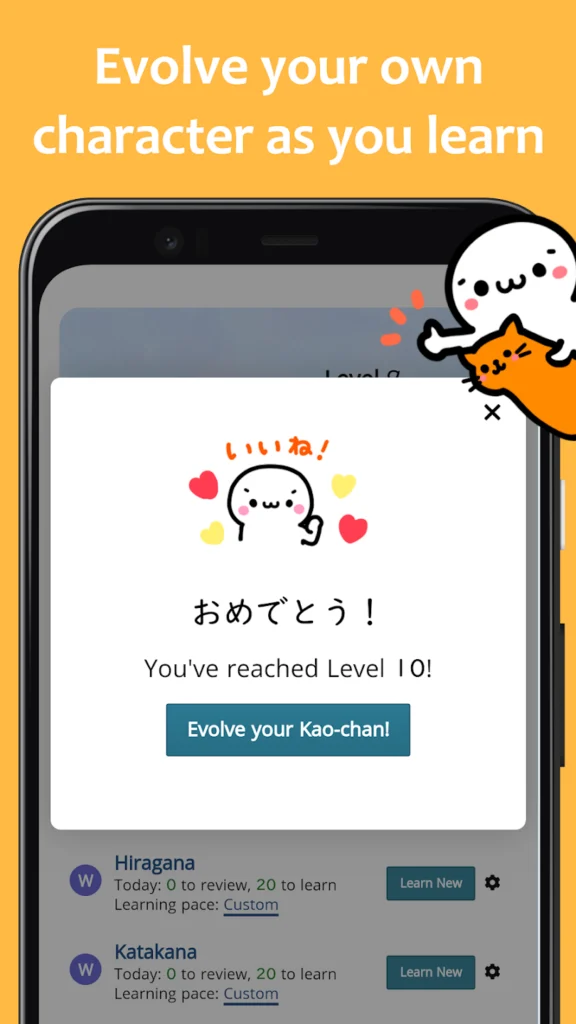
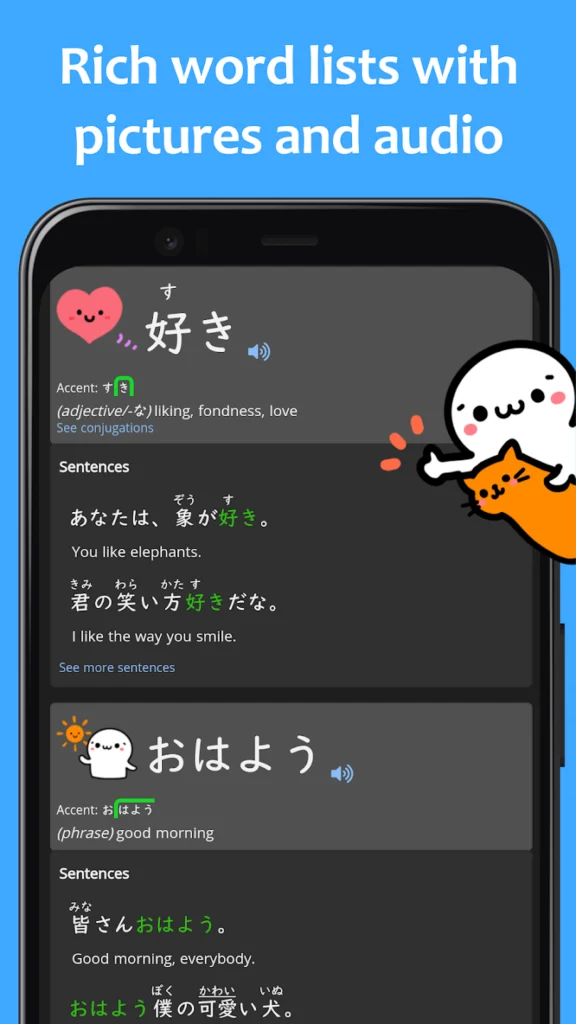
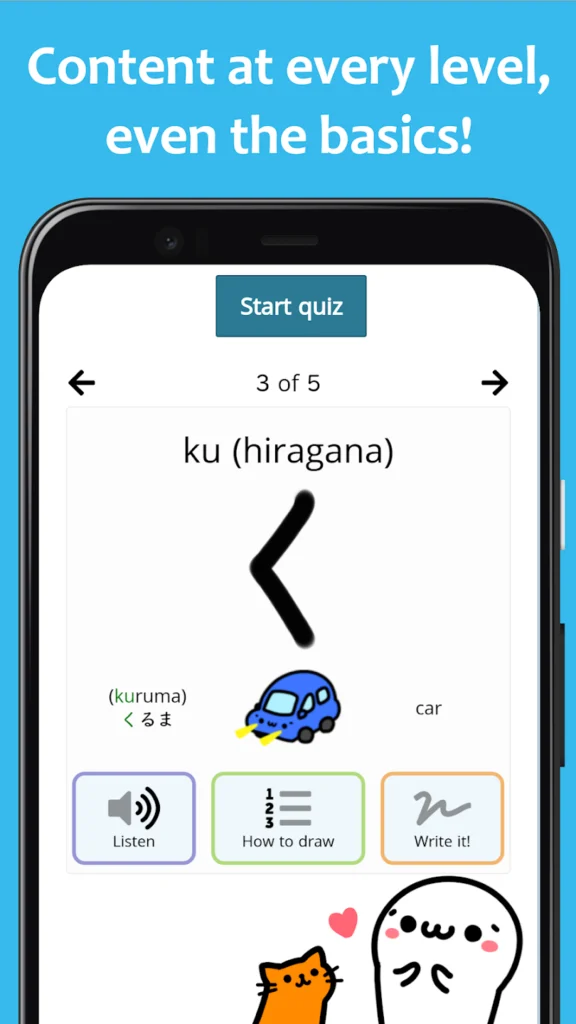
Key Highlights:
- Customizable study paths and adaptive SRS
- Gamified lessons including crosswords and battles
- Thousands of examples and dynamic quizzes
Who it’s best for:
- Self-taught learners who want full customization
- Intermediate students preparing for JLPT
- Fans of gamified, non-traditional study tools
Contact Information:
- App store: apps.apple.com/us/app/renshuu-japanese-learning
- Google Play: play.google.com/store/apps/details

14. Drops
Drops is a visually engaging app that helps users learn Japanese vocabulary through fast, game-like sessions. Its core method is matching words with illustrations, providing instant visual context that aids memorization. Designed to make language learning feel more like a game, Drops limits daily study time to short bursts, promoting consistency without burnout.
The app features over 5,000 useful words and phrases in Japanese, grouped by topic. It’s ideal for casual learners who want to build vocabulary quickly with minimal stress. Premium users get unlimited time and access to additional content. Drops focuses more on vocabulary than grammar, making it an excellent supplementary tool to other comprehensive learning resources.
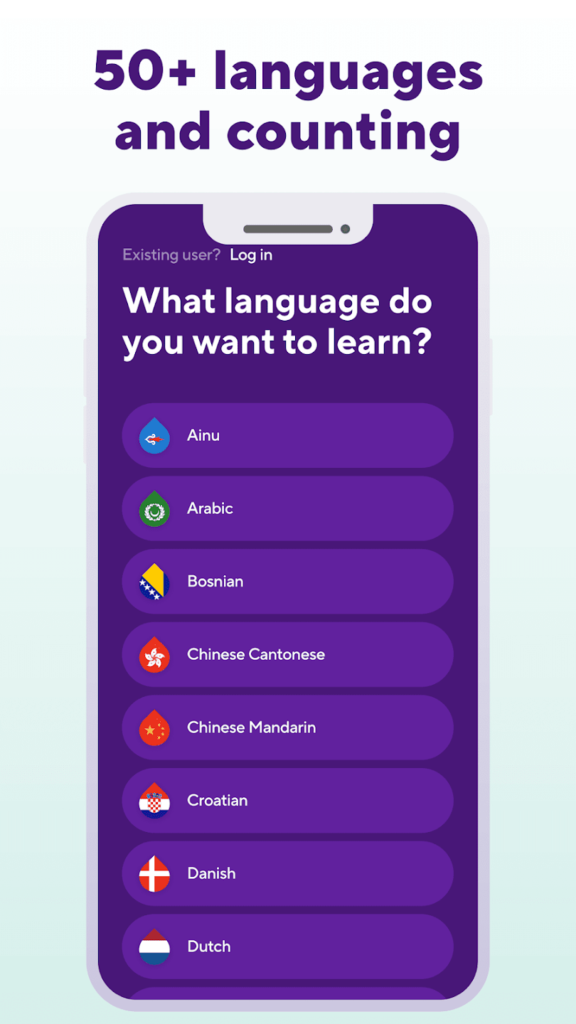
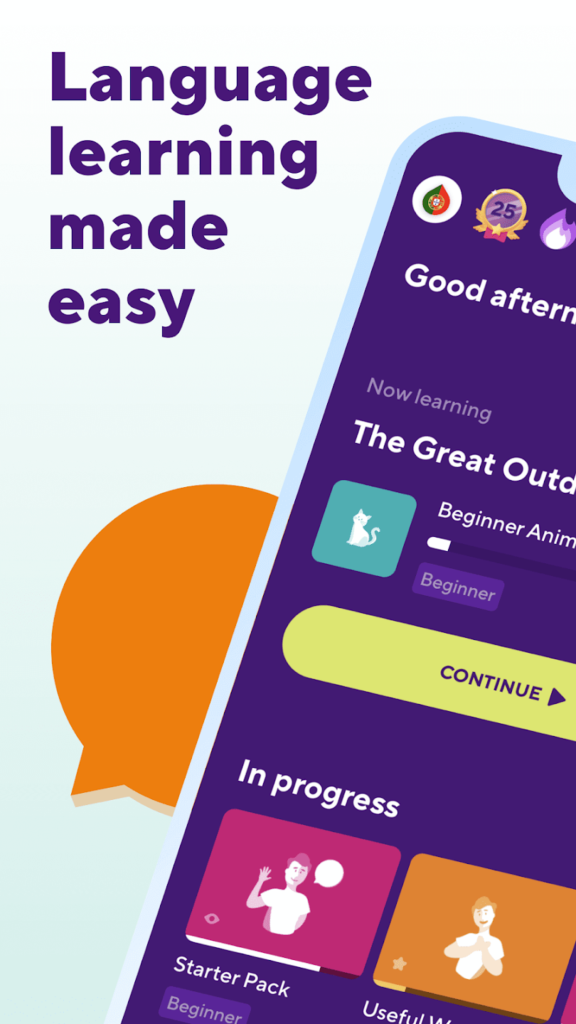
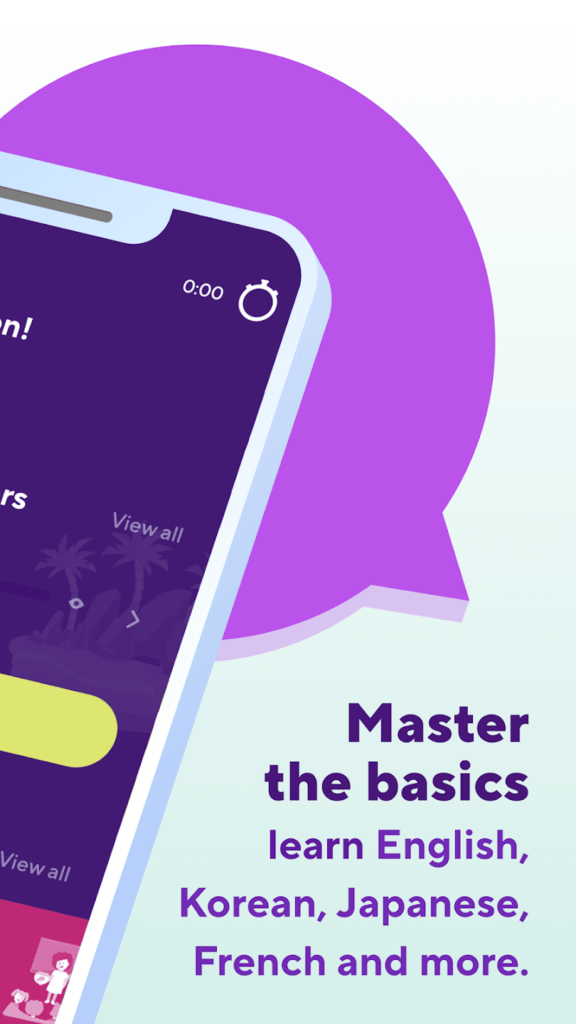
Key Highlights:
- 5-minute visual sessions designed for daily practice
- Vocabulary-focused with illustrated flashcards
- Topics organized by real-life themes and needs
Who it’s best for:
- Beginners who want to build Japanese vocabulary fast
- Busy learners who need short, efficient sessions
- Visual learners who prefer image-based memory cues
Contact Information:
- Website: languagedrops.com
- App store: apps.apple.com/us/app/language-learning-games-drops
- Google Play: play.google.com/store/apps/details
- Facebook: www.facebook.com/LearnwithDrops
- Twitter: x.com/language_drops
- Instagram: www.instagram.com/language_drops
- LinkedIn: www.linkedin.com/company/languagedrops
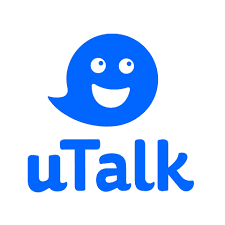
15. uTalk
uTalk is a vocabulary-focused language learning app built for practical communication. With over 150 languages and 60+ themed topics per language, it allows users to learn through real human voices and repetition-based games. Each topic takes about two to three hours to complete and includes key phrases used in daily situations. Words are presented in both your native language and your target language, making it easy to follow even for absolute beginners.
The app features recordings by both male and female native speakers, ensuring learners are exposed to authentic pronunciation. Users can record themselves and compare their voice with the original, training accurate pronunciation over time. Five engaging memory games help reinforce vocabulary and reward consistent progress. uTalk stands out for its flexibility in language pairing, supporting over 20,000 combinations of source and target languages making it a truly global tool for travelers, professionals, and beginners alike.
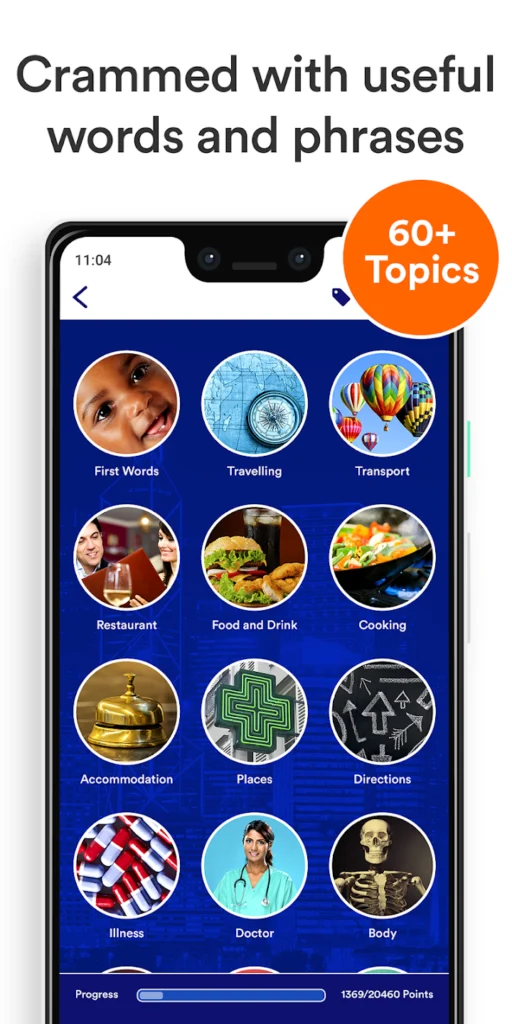
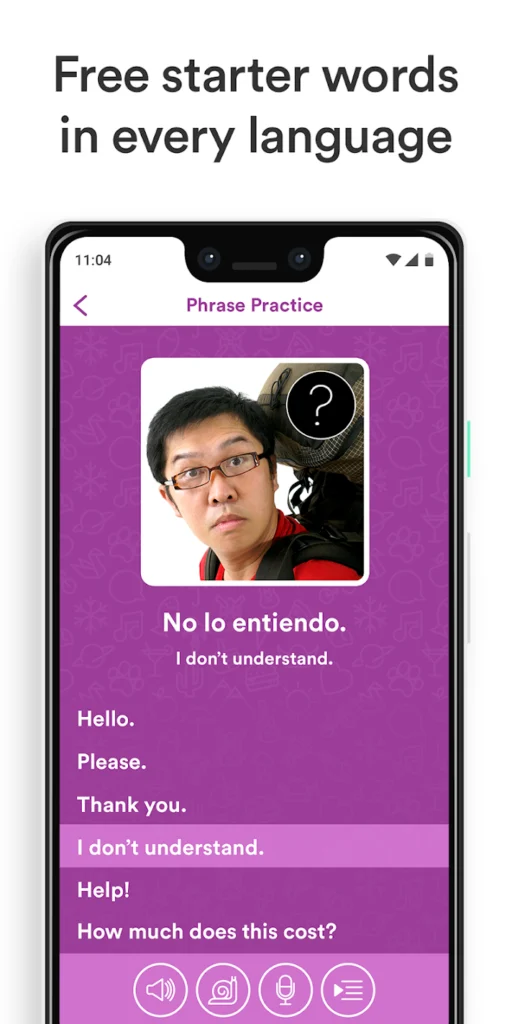
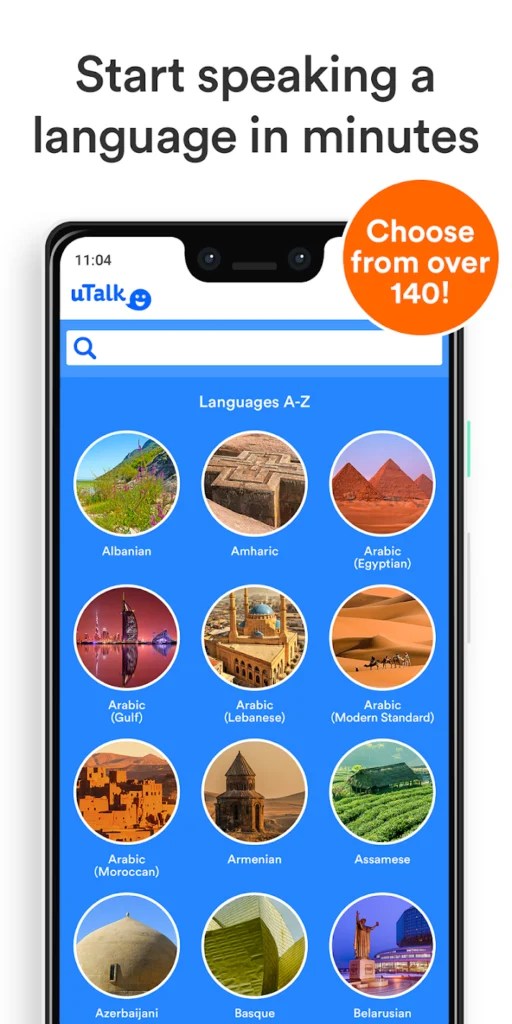
Key Highlights:
- 150+ languages with 20,000+ language pair combinations
- Audio recorded by native speakers of each language
- Gamified repetition for long-term vocabulary retention
Who it’s best for:
- Beginners wanting to build essential vocabulary
- Travelers needing quick, practical phrases
- Non-English speakers learning from their own language
Contact Information:
- Website: utalk.com
- App store: apps.apple.com/us/app/utalk-learn-150-languages
- Google Play: play.google.com/store/apps/details
- Facebook: www.facebook.com/uTalk
- Twitter: x.com/uTalk
- Instagram: www.instagram.com/utalk_app
- LinkedIn: www.linkedin.com/company/utalk.com
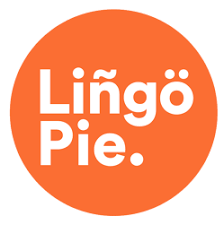
16. Lingopie
Lingopie teaches languages through TV shows, movies, and music videos, blending entertainment and immersion into one app. With native content available in 11 languages, including Japanese, it turns passive watching into active learning. All videos are equipped with dual subtitles, one in your target language and one in your native language allowing you to click any word for instant translation and grammar context.
Learners can review vocabulary using spaced repetition flashcards generated directly from what they watch. Lingopie also offers live group speaking lessons, creating opportunities for real conversation practice. It’s ideal for those who prefer a contextual and fun approach rather than traditional lessons. Whether you’re binge-watching a Netflix-style show or using the built-in review tools, Lingopie makes learning feel natural and entertaining.
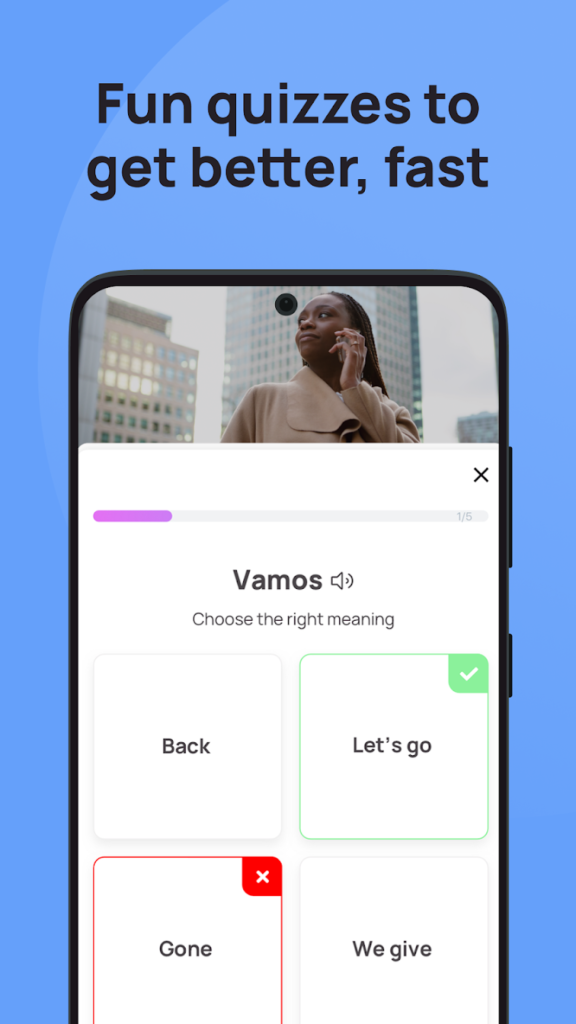

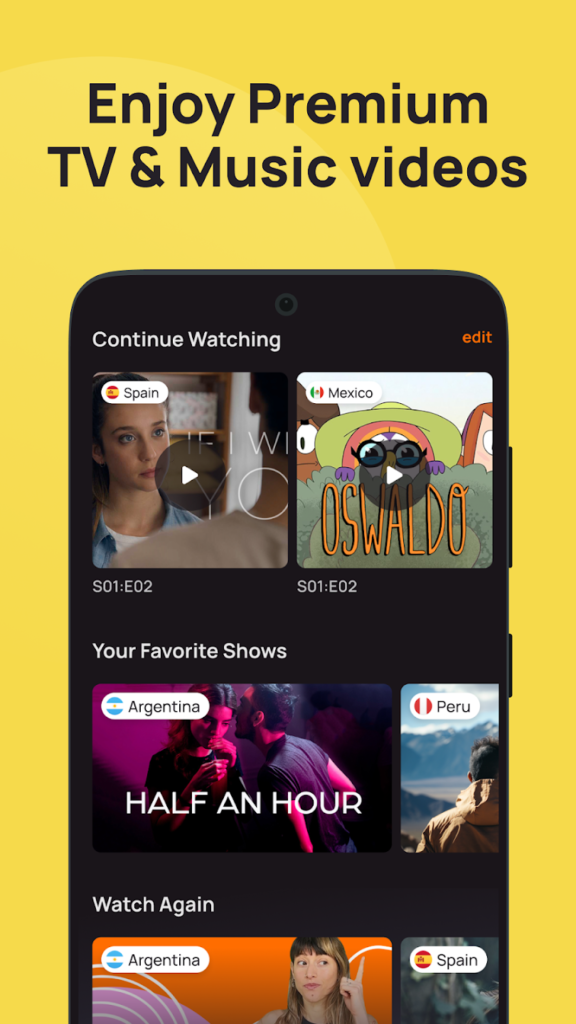
Key Highlights:
- Learn from native TV shows with clickable subtitles
- Built-in flashcards and quizzes from watched content
- Live speaking lessons for real-time practice
Who it’s best for:
- Visual and auditory learners
- Intermediate learners wanting immersive input
- TV and film lovers who learn better from context
Contact Information:
- Website: lingopie.com
- App store: apps.apple.com/us/app/lingopie-language-learning
- Google Play: play.google.com/store/apps/details
- Facebook: www.facebook.com/lingopietv
- Twitter: x.com/Lingopietv
- Instagram: www.instagram.com/lingopietv
- LinkedIn: www.linkedin.com/company/lingopie
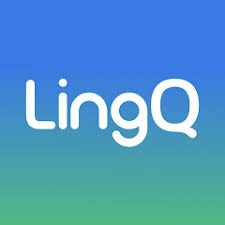
17. LingQ
LingQ is a comprehensive platform that helps users learn a language through meaningful content such as books, podcasts, news, and videos. Designed by polyglot Steve Kaufmann, LingQ emphasizes input-based learning by immersing learners in content they enjoy, helping them acquire vocabulary naturally. The platform tracks your progress, remembers words you’ve learned, and offers built-in translation, audio, and review features.
Users can study from LingQ’s vast content library or import their own texts from websites, YouTube, and other sources to turn them into interactive lessons. Its system of word tracking and spaced repetition ensures that vocabulary is reinforced in a personalized, efficient way. LingQ is best suited for learners who want to develop fluency through reading and listening rather than traditional grammar drills.
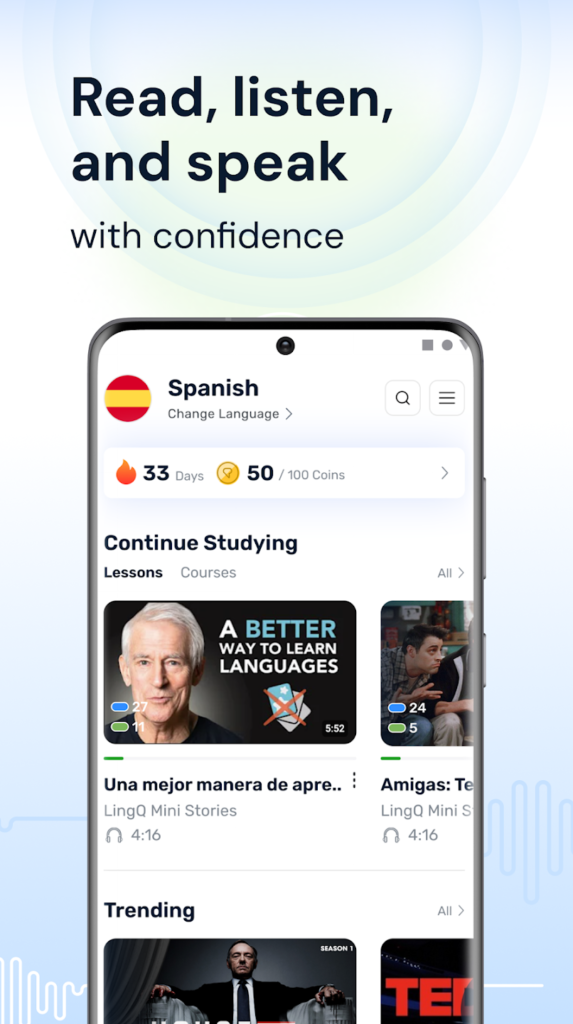
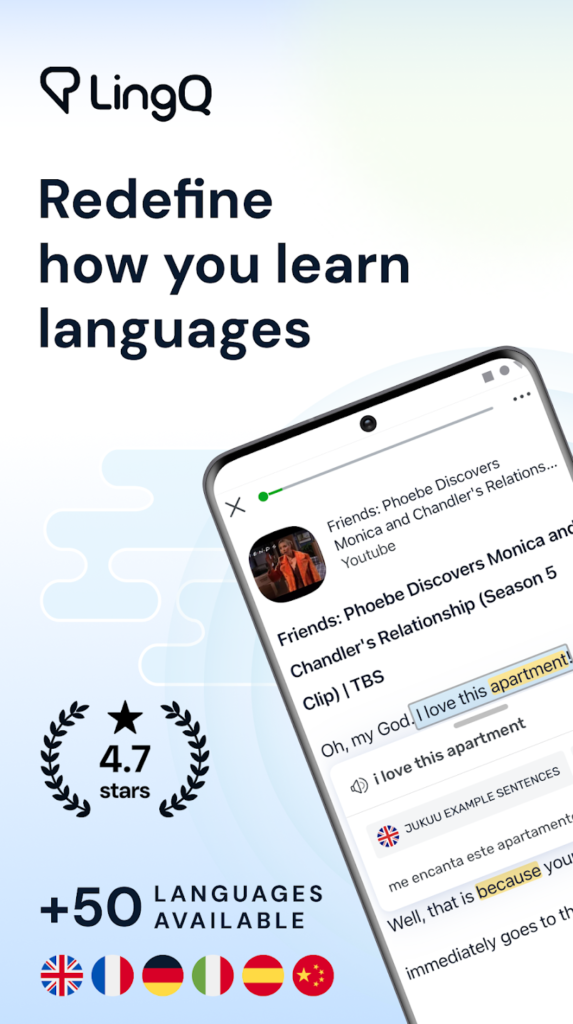
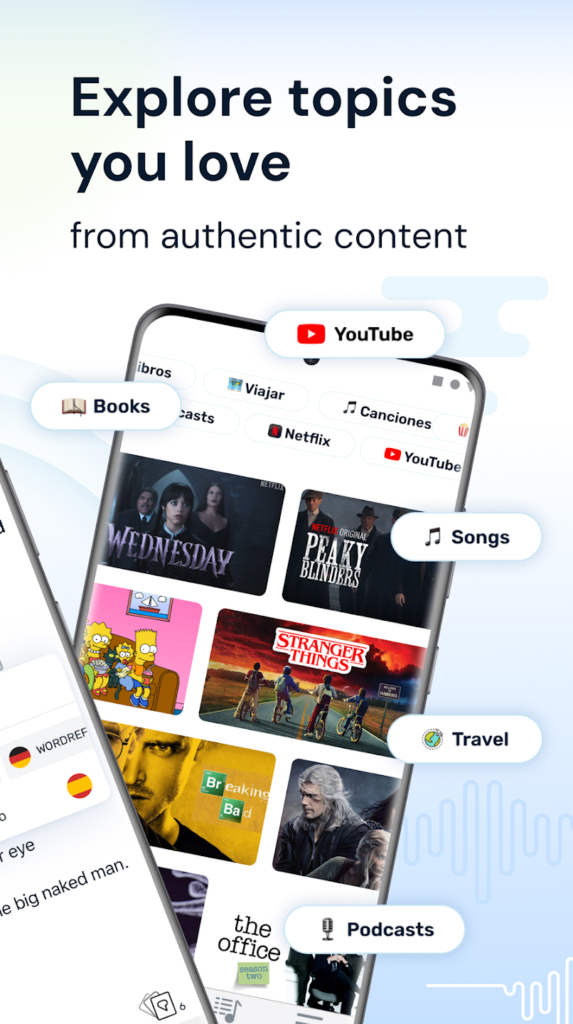
Key Highlights:
- Import custom content from YouTube, news, and books
- Smart word tracking and SRS-powered review system
- Interactive audio-text lessons with translations
Who it’s best for:
- Intermediate to advanced learners who want to expand vocabulary
- Self-studiers who prefer natural immersion
- Readers and podcast fans looking for language content
Contact Information:
- Website: www.lingq.com
- App store: apps.apple.com/us/app/language-learning-lingq
- Google Play: play.google.com/store/apps/details
- Facebook: www.facebook.com/pages/LingQ
- Twitter: x.com/LingQ_Central
- Instagram: www.instagram.com/lingq_central
Conclusion
Choosing the best app to learn Japanese depends on your level, learning preferences, and goals. Whether you prefer structured lessons, gamified repetition, conversation practice, or kanji drills, there’s an app to support your progress. Combine one or two of these tools consistently and you’ll be well on your way to understanding, speaking, and reading Japanese with confidence. Happy studying!

Leave a Reply
You must be logged in to post a comment.